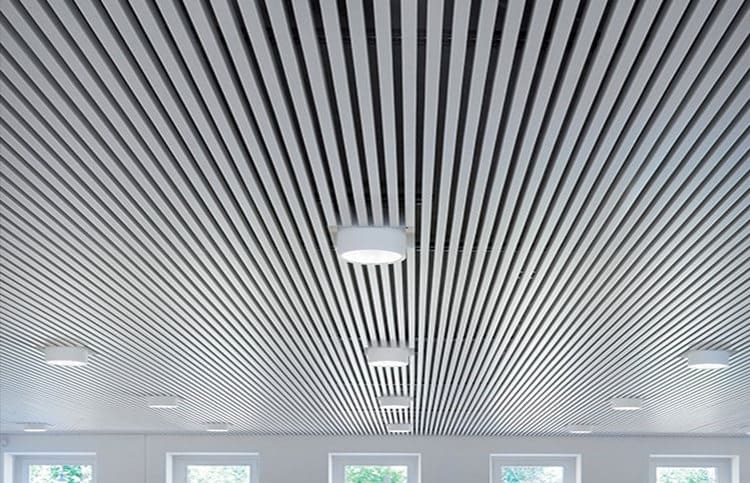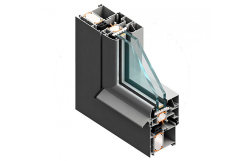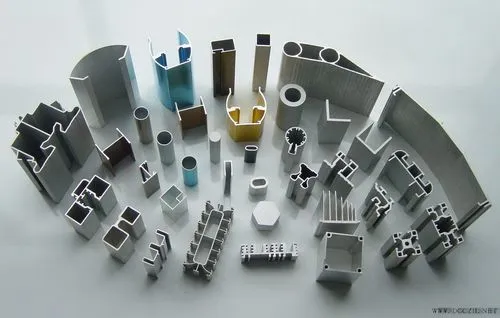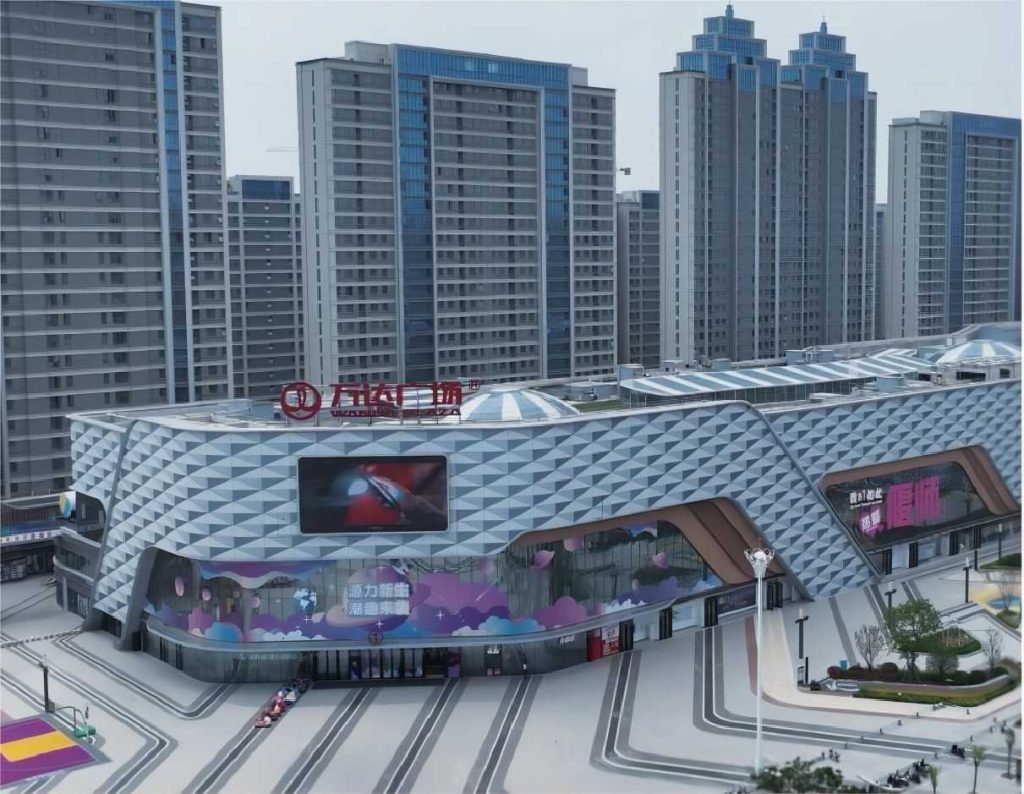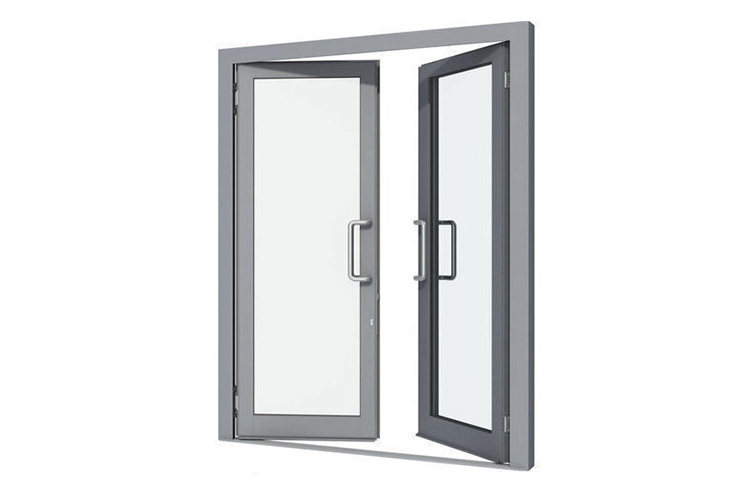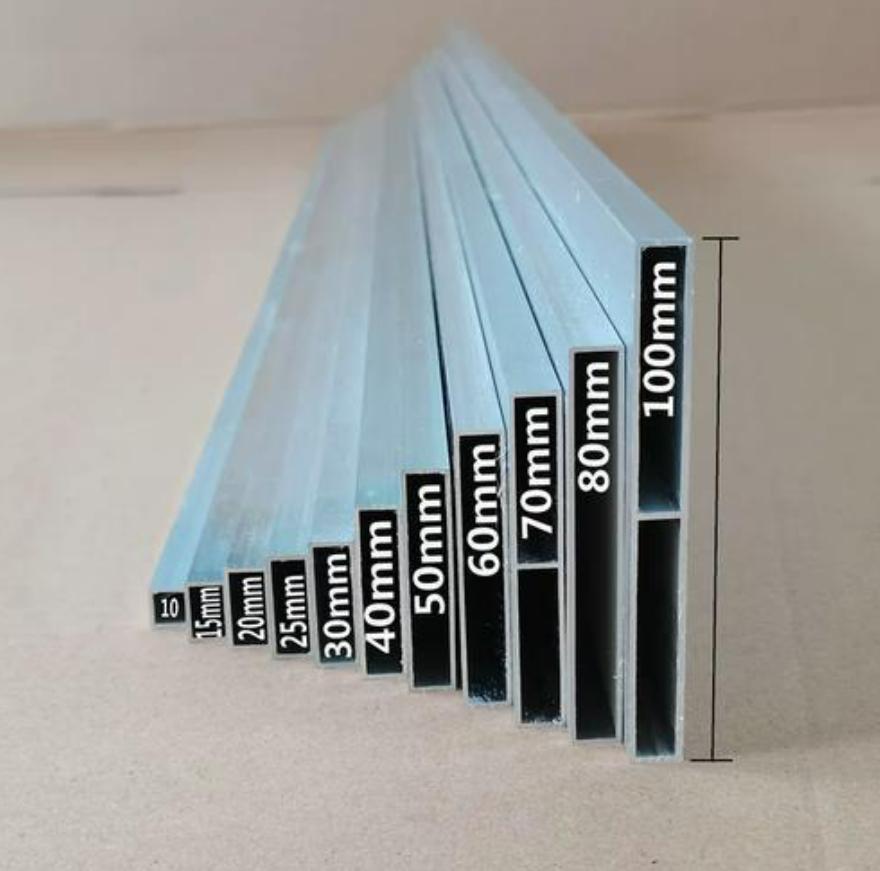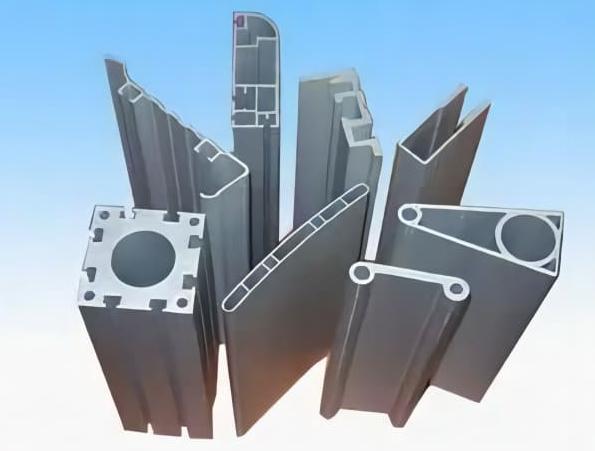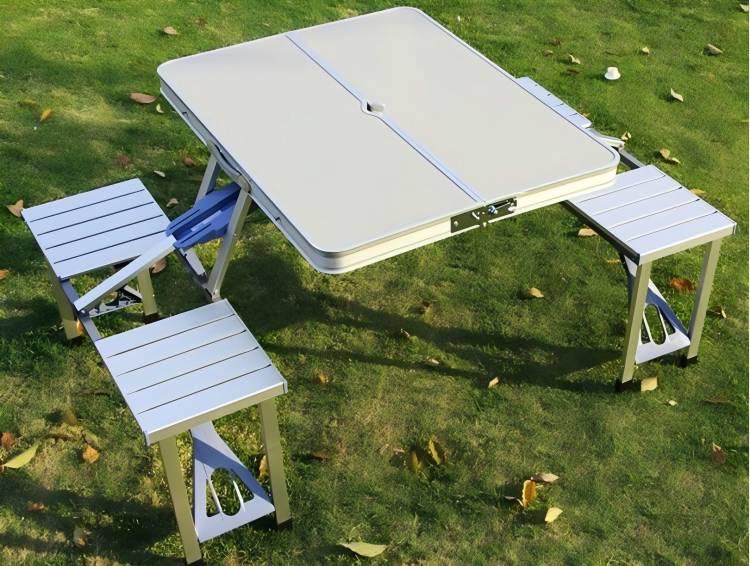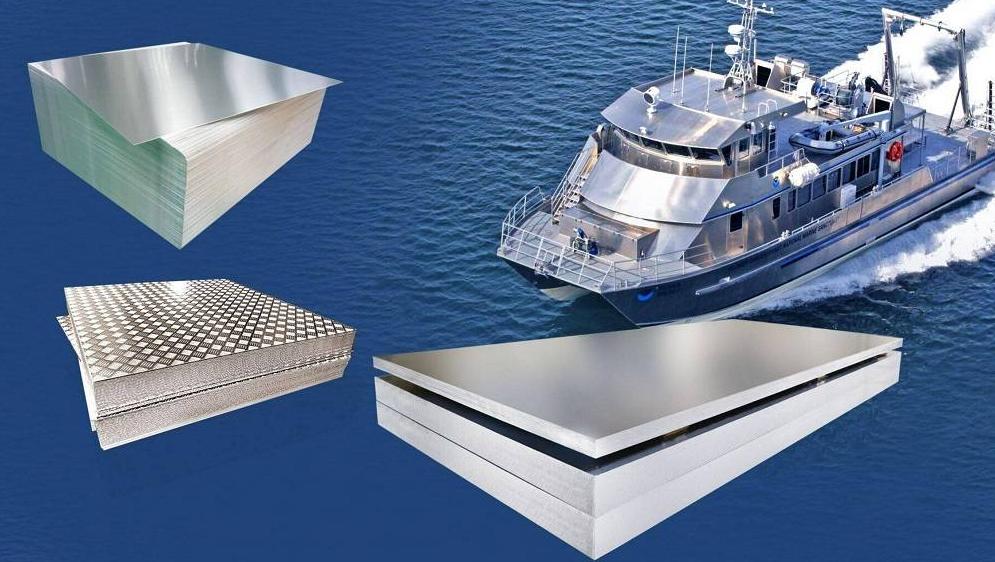Aluminum has become a leading material choice for ceilings in both commercial and residential settings. This article explores the advantages, types, and applications of aluminum ceiling systems, providing a comprehensive guide for those considering this versatile solution.
What are Aluminum Ceilings?
Ceilings play a crucial role in a space’s aesthetics, functionality, and acoustics. Aluminum offers a compelling combination of properties that make it a popular material for modern ceiling systems. Compared to traditional materials like drywall, aluminum ceilings boast superior durability, fire resistance, and ease of maintenance. Additionally, aluminum’s inherent flexibility allows for a wide range of design options, catering to various architectural styles.
Understanding Terminology
It’s important to distinguish between two terms frequently encountered in aluminum ceilings:
- Aluminum profile ceiling: This refers to a ceiling system where aluminum profiles form the structural components. These profiles can be visible or concealed depending on the specific design.
- Aluminum ceiling system: This is a broader term encompassing the entire ceiling assembly, including aluminum profiles, panels, suspension systems, and any additional elements like lighting fixtures.
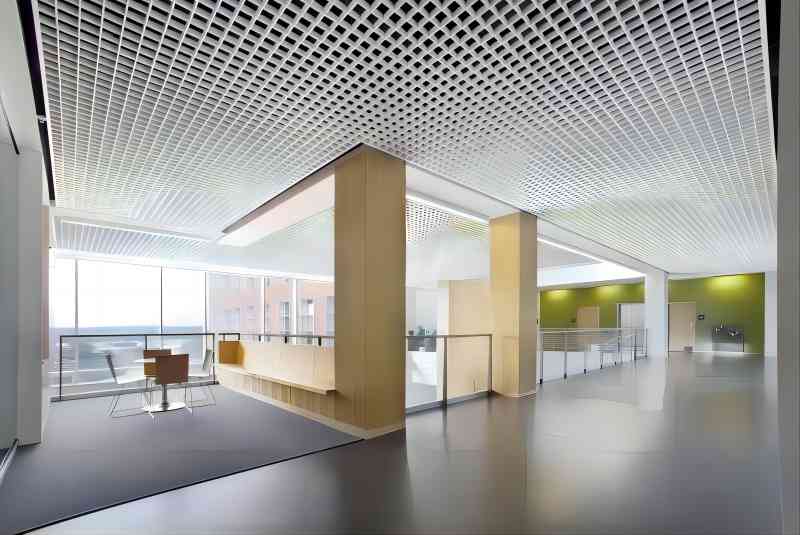
What are the Benefits of Aluminum Ceiling Systems?
The popularity of aluminum ceiling systems can be attributed to several key advantages:
- Durability and Longevity: Aluminum is naturally resistant to corrosion, rust, and moisture, making it ideal for long-term use. Unlike traditional materials that can deteriorate over time, aluminum ceilings maintain their integrity and appearance for years to come.
- Fire Resistance: Aluminum possesses a high melting point, making it a fire-resistant material. This property is crucial for ensuring safety in commercial and public buildings where fire codes are strictly enforced.
- Versatility and Design Options: Aluminum’s malleability allows for the creation of profiles with various shapes and dimensions. This flexibility translates into a vast array of design possibilities. From classic exposed grid systems to contemporary baffle ceilings, aluminum caters to diverse aesthetic preferences. Additionally, aluminum panels can be finished in a wide spectrum of colors and textures, further enhancing the design options.
- Easy Maintenance: The smooth surface of aluminum ceilings makes them easy to clean and maintain. Dust and dirt can be wiped away with minimal effort, reducing long-term maintenance costs.
- Sustainability: Aluminum is a highly recyclable material. Many manufacturers utilize recycled aluminum content in their products, contributing to a more sustainable building approach.
Types of Aluminum Ceiling Systems
The world of aluminum ceiling systems offers a variety of options to suit different needs and preferences. Here’s a closer look at three popular types:
1. Exposed Grid Systems: This type features visible aluminum profiles arranged in a grid pattern. The spaces between the profiles are then filled with infill panels, which can be made from various materials like metal, wood, or fabric. Exposed grid systems offer several advantages:
- Easy Access: The exposed grid allows for easy access to the plenum space above the ceiling, facilitating the maintenance of building systems like electrical wiring, HVAC ducts, and fire sprinklers.
- Design Versatility: The variety of materials and finishes available for infill panels allows for significant design flexibility. This makes exposed grid systems suitable for a wide range of architectural styles.
2. Lay-in Tile Systems: This is a cost-effective and widely used type of aluminum ceiling system. Lay-in tiles, typically square or rectangular, are simply placed into a pre-existing grid suspension system. These systems are:
- Easy to Install: Lay-in tile systems are relatively simple to install, making them a popular choice for budget-conscious projects.
- Affordability: The straightforward design and ease of installation contribute to the affordability of lay-in tile systems.
3. Baffle Ceilings: This contemporary design incorporates vertically hung aluminum profiles to create a layered effect. Baffle ceilings offer two key benefits:
- Improved Acoustics: The design of baffle ceilings helps to absorb sound waves, leading to improved acoustics within a space. This is particularly beneficial in open-plan offices, classrooms, and other environments where noise control is a concern.
- Modern Aesthetic: The clean lines and layered effect of baffle ceilings create a modern and sophisticated aesthetic, making them a popular choice for contemporary architecture.
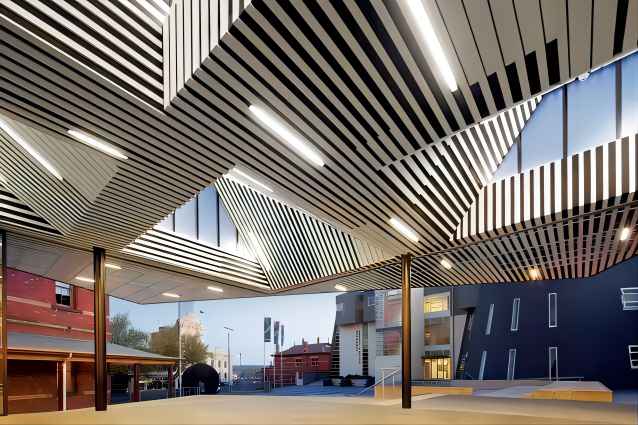
What are the Types of Aluminum Profile for Ceilings?
Aluminum profiles are the foundational elements of aluminum ceiling systems. These profiles come in various shapes and sizes, each fulfilling a specific function. Here’s a look at some common profile types:
- T-profiles: These are L-shaped profiles that form the main grid structure in exposed grid systems. They can be configured in various widths and depths to suit the desired ceiling design.
- U-channels: These U-shaped profiles serve as wall perimeters in suspended ceiling systems. They are fixed to the perimeter walls and act as a track for the T-profiles of the grid to rest on. U-channels provide stability and ensure proper alignment of the ceiling grid.
- J-channels: These profiles resemble a capital “J” with a flange on one side. J-channels are often used for perimeter trim in lay-in tile systems. They offer a finished look by concealing the edges of the ceiling tiles and providing a smooth transition between the ceiling and the wall.
- Carrier profiles: These come in various shapes and are specifically designed to hold infill panels in exposed grid systems. The design of the carrier profile depends on the type of infill panel being used (metal, wood, fabric). For instance, some carrier profiles may have integrated clips or hooks to secure the panels, while others may have a flat surface for adhesive attachment.
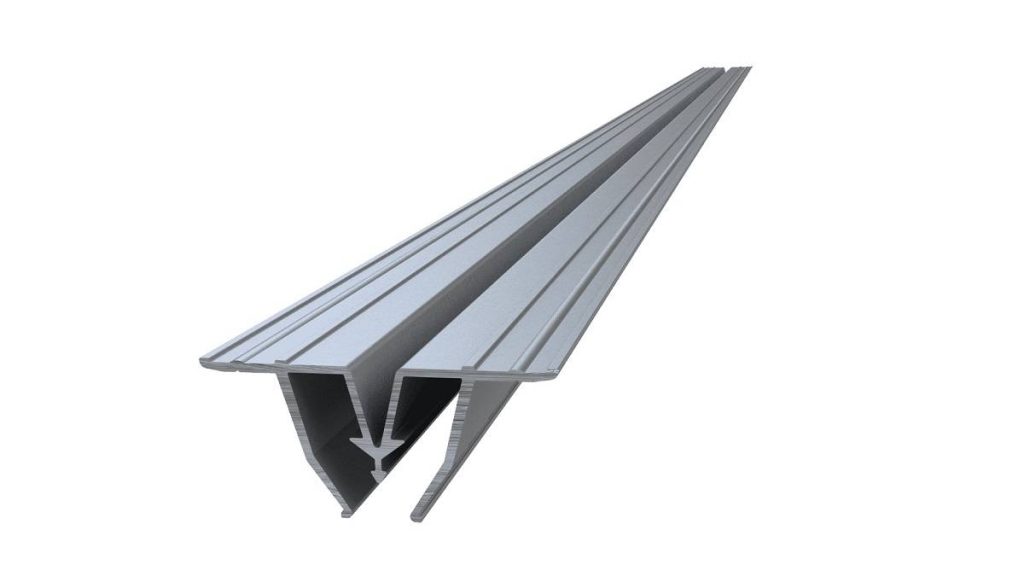
Applications of Aluminum Ceiling Systems
The versatility of aluminum ceiling systems makes them suitable for a wide range of applications. Here are some prominent examples:
- Commercial Spaces: Aluminum ceilings are a popular choice for commercial spaces like offices, retail stores, and restaurants. Their durability, ease of maintenance, and fire resistance make them well-suited for high-traffic areas. Additionally, the design flexibility allows for creating a professional and aesthetically pleasing environment.
- Public Buildings: Airports, train stations, and other public buildings frequently utilize aluminum ceiling systems. The benefits of fire resistance, easy maintenance, and acoustic control make them ideal for these large, open spaces. Additionally, aluminum ceilings can be designed to incorporate signage and wayfinding systems seamlessly.
- Residential Applications: Aluminum’s modern aesthetic has made it increasingly popular in residential settings. Lay-in tile systems offer a cost-effective solution for basements or laundry rooms, while exposed grid systems with wood or fabric infill panels can add a touch of sophistication to living areas or kitchens.
Key Considerations for Choosing the Right Aluminum Ceiling System
Selecting the most suitable aluminum ceiling system requires careful consideration of several factors:
- Ceiling Height and Room Size: Exposed grid systems are well-suited for high-ceiling spaces, as the visible grid structure can add a sense of volume. Conversely, lay-in tile systems with a flat profile may be preferable for rooms with lower ceilings to avoid creating a cramped feeling.
- Desired Aesthetics and Functionality: Consider the overall design style of the space and your desired functionality. Exposed grid systems offer design flexibility but require planning for the plenum space above. Lay-in tile systems are a simple and clean option, while baffle ceilings provide a modern aesthetic and improved acoustics.
- Budget: Lay-in tile systems are generally the most cost-effective option due to their simple design and ease of installation. Exposed grid systems can vary in price depending on the materials and finishes chosen for the infill panels. Baffle ceilings tend to be on the higher end of the cost spectrum due to their intricate design.
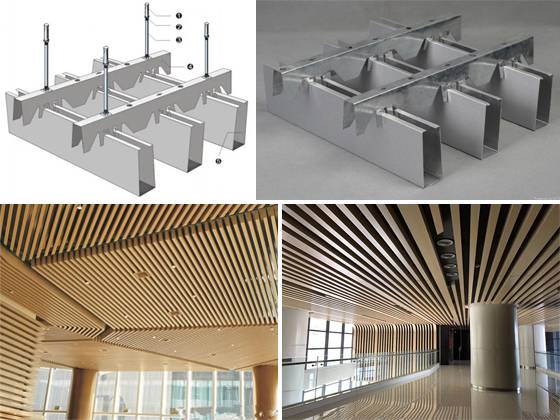
Conclusion
Aluminum ceiling systems offer a compelling combination of aesthetics, functionality, and durability. Their lightweight nature, fire resistance, and ease of maintenance make them a practical choice for both commercial and residential applications. With a wide variety of types, profiles, and finishes available, aluminum ceilings cater to diverse design preferences and can seamlessly blend into any architectural style. As the demand for modern and functional building solutions continues to grow, aluminum is poised to remain a leading material choice for ceilings in the years to come.

